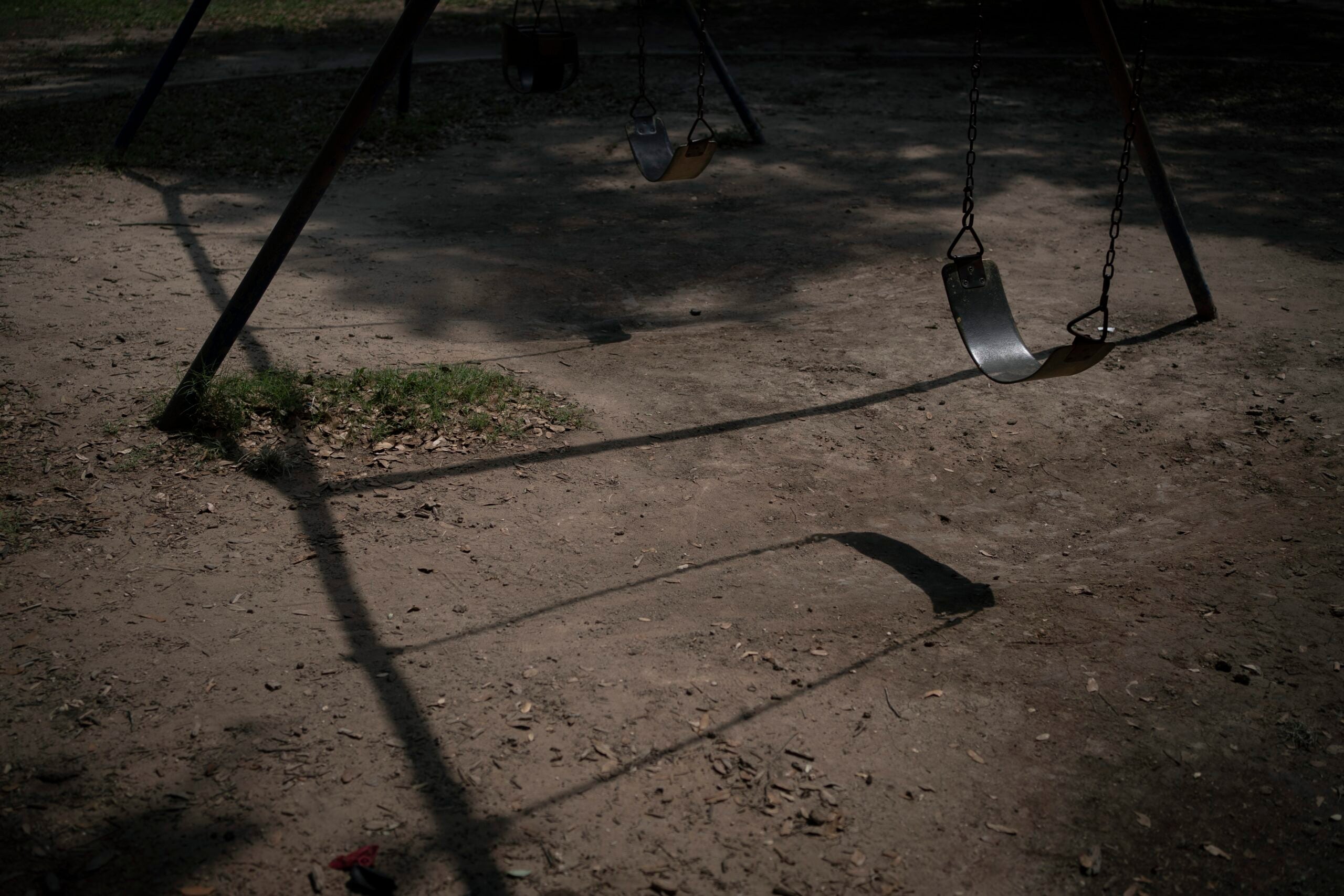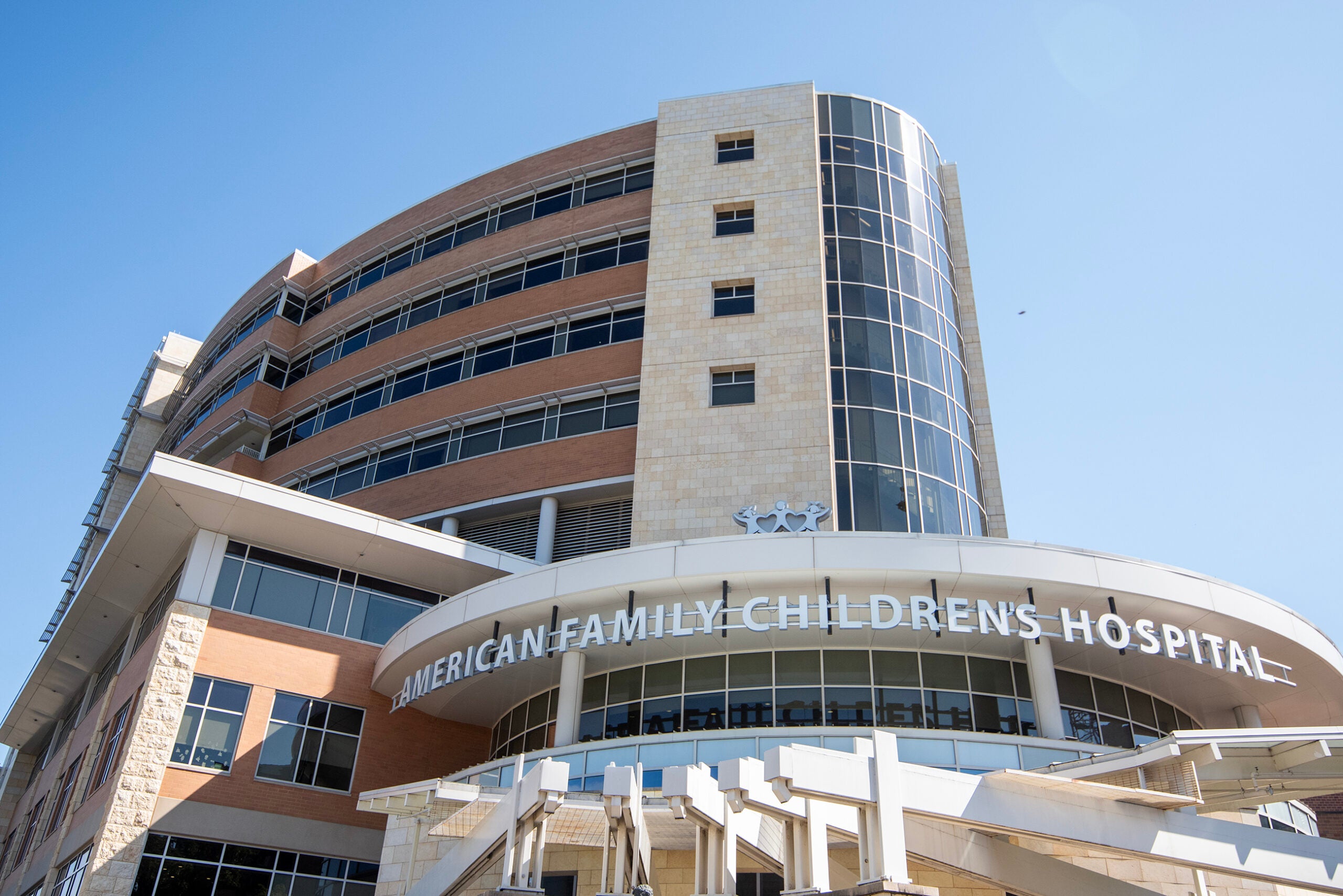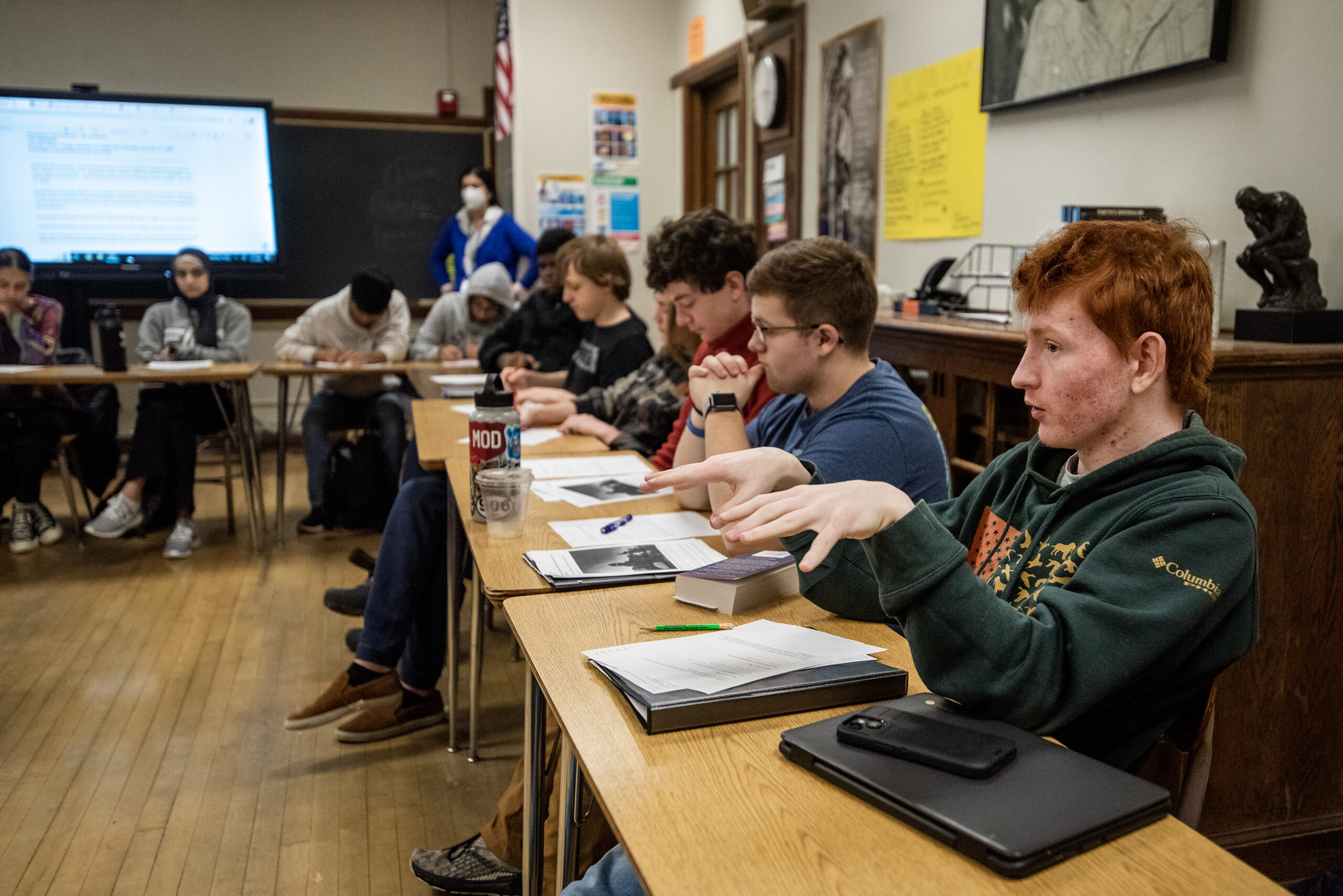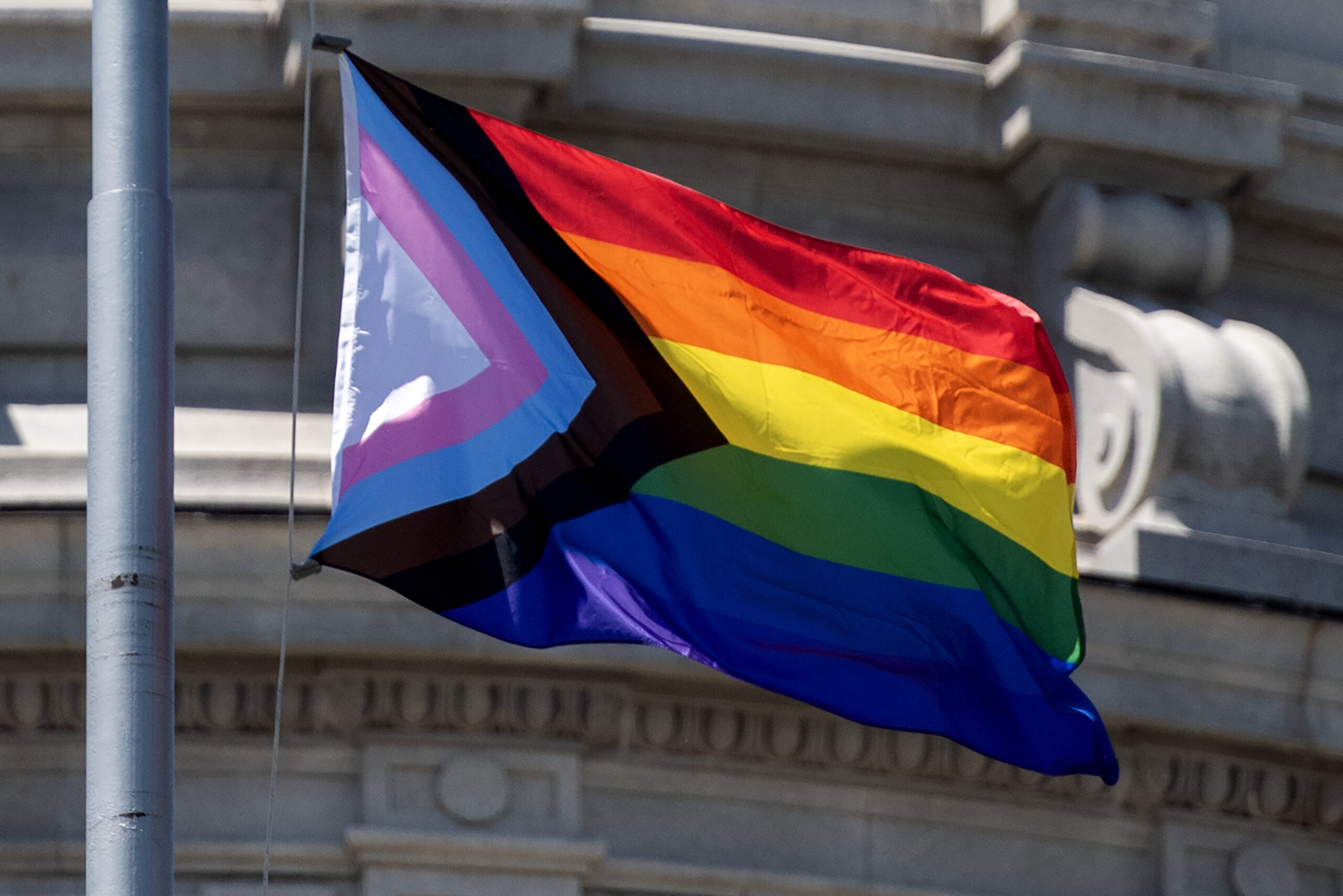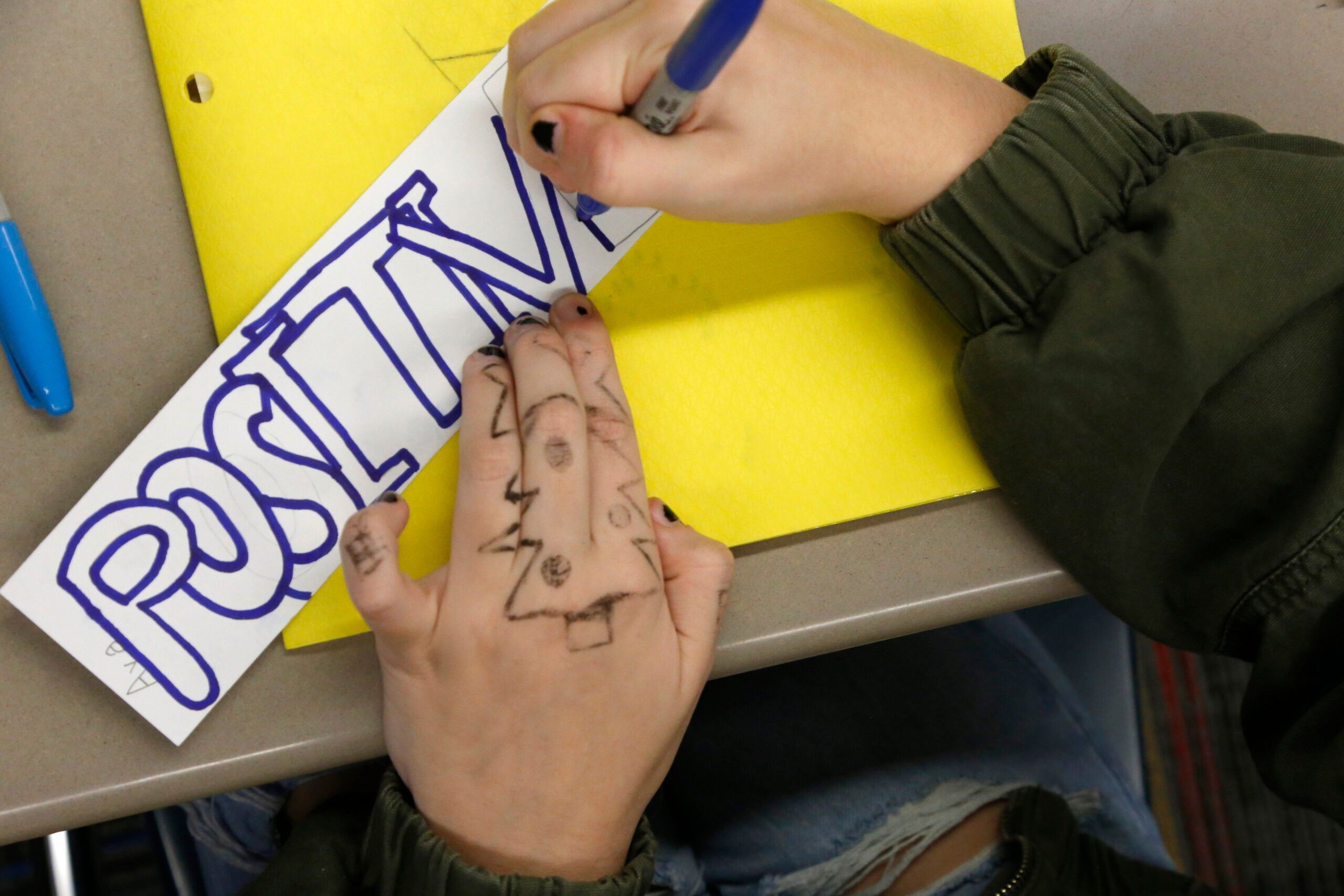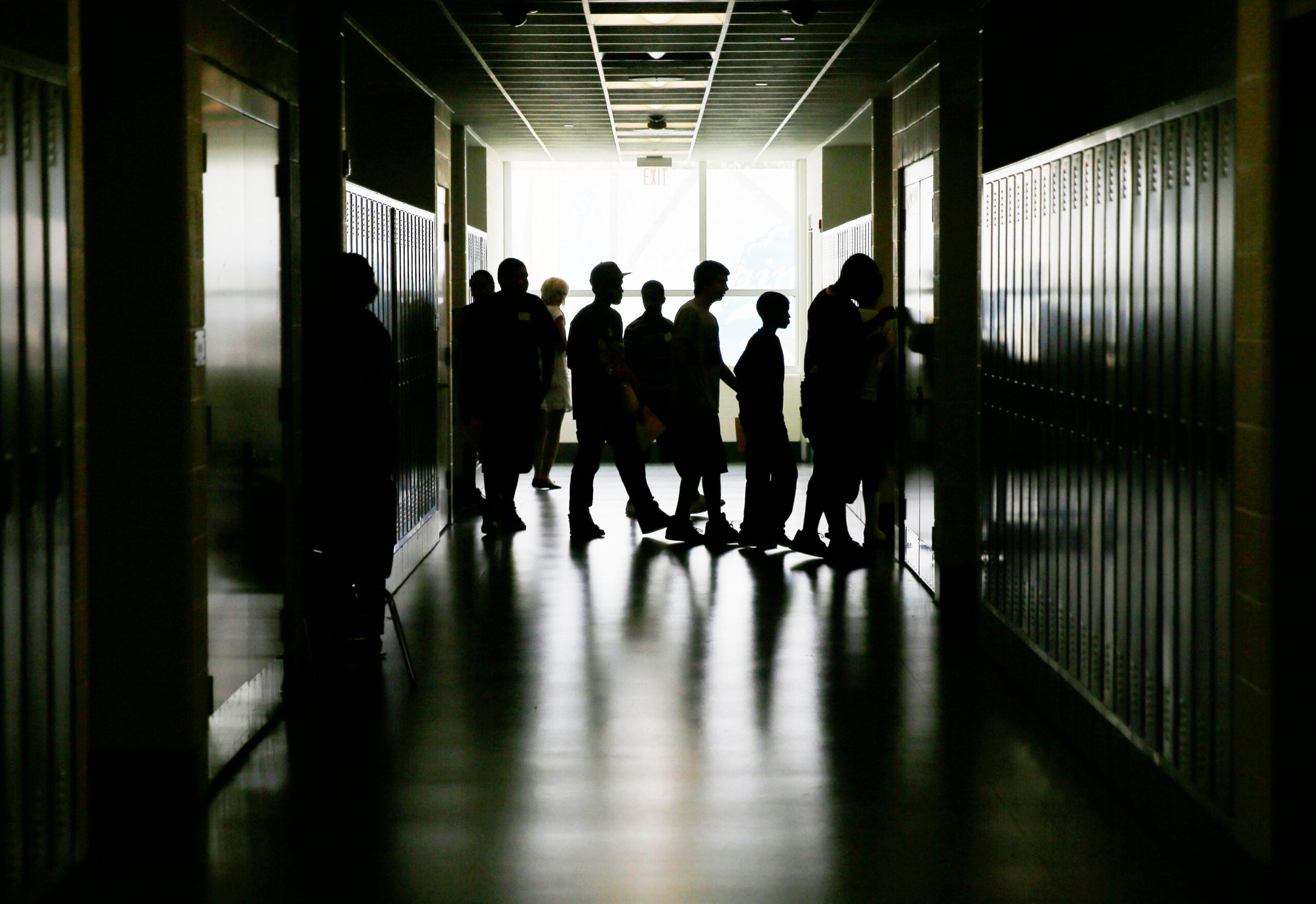Wisconsin’s children – especially girls, children of color and LGBTQ youth – continue to struggle with anxiety, depression and thoughts of suicide.
That’s according to a new annual report from the state’s Office of Children’s Mental Health.
The report found key stressors for youth are academic pressures, along with societal issues unique to their generation.
News with a little more humanity
WPR’s “Wisconsin Today” newsletter keeps you connected to the state you love without feeling overwhelmed. No paywall. No agenda. No corporate filter.
Those include widespread gun violence, climate change and deep political divisiveness.
LGBTQ youth are also growing up amid political battles over transgender issues involving schools, sports and medical treatment for minors.
Over the last year, legislative proposals have included bills banning gender-affirming surgery for minors and legislation limiting athletes to playing on teams that match the gender they were assigned at birth.
“Political divisiveness over LGBTQ issues can negatively impact all youth but especially LGBTQ kids, as it contributes to rising rates of anxiety, depression, and suicidality,” the report found.
One in 10 Wisconsin teens attempted suicide last year, said Amy Marsman, a senior research analyst with the Office of Children’s Mental Health.
One in 10 teens attempted suicide last year. Nearly half of LGBTQ youth seriously considered killing themselves, Marsman said during a legislative briefing Friday.
“For context, suicide is now the second leading cause of death among 10 to 14 year olds,” Marsman said.
Feelings of belonging can also be a key factor for youth. Kids who feel they belong at their school have better attendance, academic success and mental health.
The report found 61 percent of students said they feel connected at school and 67 percent said they have a trusted adult at school.
Another year of mental health?
During his state budget address last year, Gov. Tony Evers declared 2023 the Year of Mental Health. His biennial budget proposal included $500 million more spending for overall mental health and behavioral services, including $270 million dedicated to expand services in schools.
Much of that funding was slashed during the legislative budget process.
In his budget veto message, Evers restored $30 million to continue funding for a program called “Get Kids Ahead,” which helps schools provide mental health services to students through community partnerships.
State Superintendent Jill Underly said children are in crisis, so it stands to reason that 2024 should be another year to focus on youth mental health.
“Considering the budget surplus the legislature is sitting on, it is the right time for all of us to ask ‘what is best for kids?’ and to realize that the answer includes mental health funding as a key part of robustly funding our public schools,” Underly said in a written statement to WPR.
High school student asks state for mental health funding
Nathan Zirk, a senior at North Crawford High School in Soldiers Grove, said he has struggled for years with mental health and thoughts of suicide.
Therapy and poetry have helped Zirk to become a peer leader.
“Embracing vulnerability became my strength,” he said. “Today I stand here not only as someone who has faced mental health struggles, but also as an artist or writer and an advocate.”
Zirk asked the legislators listening to his story to invest in mental health programs and acknowledge the evolving challenges faced by youth.
“It’s also important to shift our approach towards mental health programs from patronizing individual experiences of fluffy and bright colors to more pragmatic focus on finding what truly works,” he said. “This means the incorporation of viable and accessible solutions and addresses the diversity of individuals struggling with these mental health challenges.”
Wisconsin Public Radio, © Copyright 2026, Board of Regents of the University of Wisconsin System and Wisconsin Educational Communications Board.
